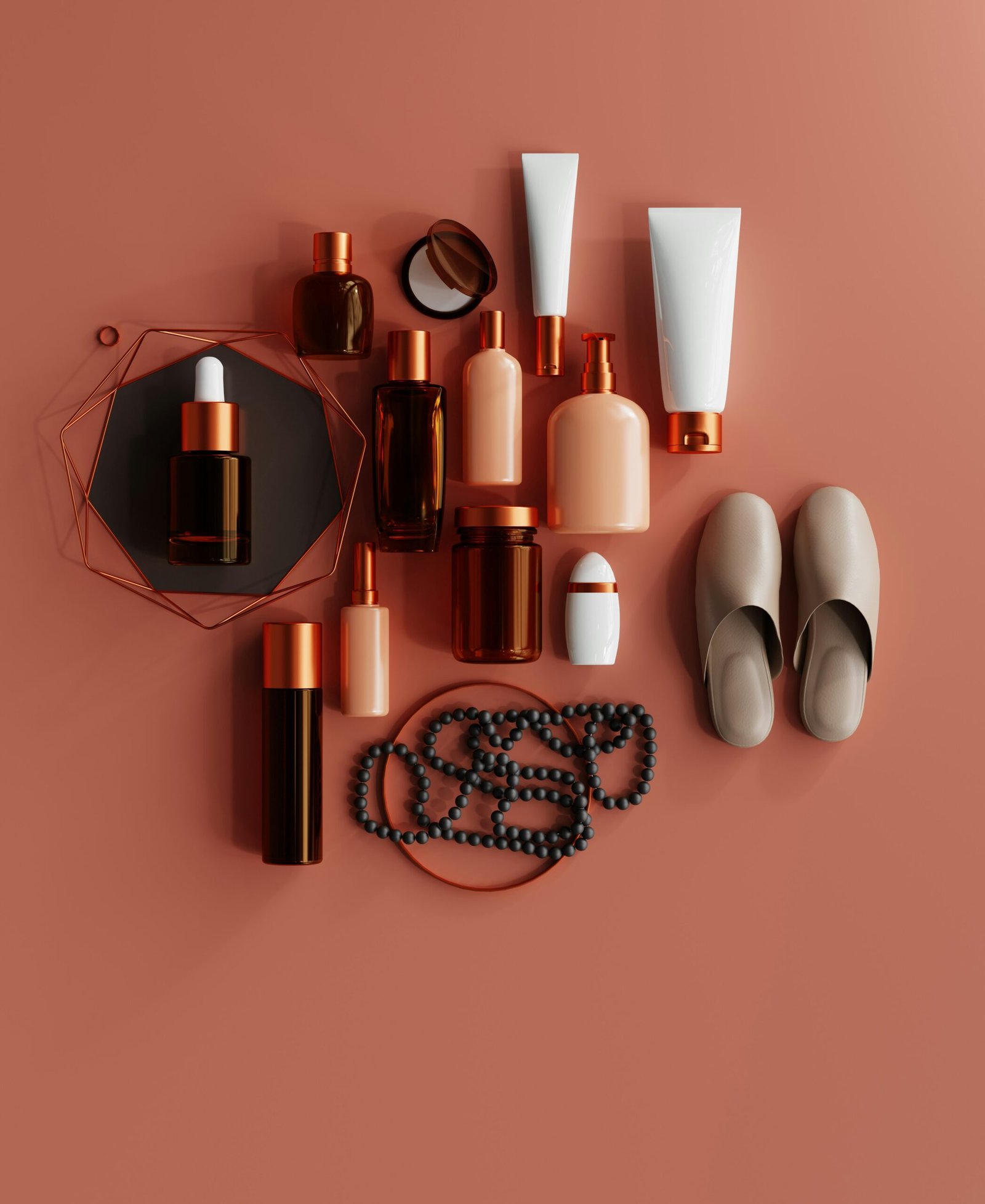Understanding Bronzers: What They Are and How They Work
Bronzers are cosmetic products designed to impart a warm, sun-kissed glow to the skin. They serve to enhance the natural complexion, adding warmth and dimension to the face, thereby mimicking the effects of sunlight. Available in various formulations, bronzers come primarily in three types: powder, cream, and liquid. Each type has its distinct characteristics and can be utilized based on the desired finish and the user’s preference.
Powder bronzers are perhaps the most commonly used, often favored for their ease of application and ability to blend seamlessly into the skin. They are typically applied with a brush, allowing for buildable coverage and a matte or satin finish, depending on the formulation. Cream bronzers, on the other hand, offer a more dewy look and are often ideal for individuals with dry skin. They can be applied using fingers or a damp makeup sponge, providing a more natural finish that melds with the skin. Lastly, liquid bronzers provide an option for a glowing and sheer application, perfect for layering under foundation or mixing into skincare products for an all-over luminosity.
The primary purposes of bronzers extend beyond merely adding color. They can sculpt and define the face, enhancing features such as the cheekbones and jawline. Depending on the formulation and technique, bronzers can achieve a variety of finishes, ranging from matte to shimmer. Matte bronzers are usually preferred for a subtle, sun-kissed effect, while shimmer bronzers can add a radiant glow, making them perfect for evening looks or special occasions. Understanding these fundamental aspects of bronzers is essential for anyone looking to achieve a flawless, glowing complexion.
Choosing the Right Bronzer for Your Skin Tone
Selecting the right bronzer is essential for achieving a natural and radiant glow. The primary factor to consider when choosing a bronzer is your skin tone, which can be categorized into three main undertones: cool, warm, and neutral. Recognizing your undertone will guide you in identifying the suitable bronzer shades that complement your complexion.
For individuals with cool undertones, there is typically a hint of pink, red, or blue in their skin. Suitable bronzers for cool undertones include shades with taupe, soft rose, or cool brown bases. These shades help to create a subtle depth without appearing orange or overly warm on the skin.
On the other hand, warm undertones feature a golden, yellow, or peach tint. If your skin falls into this category, bronzers with a golden, coral, or warm beige tone work best. These choices enhance the skin’s natural warmth and promote a sun-kissed look. For those with neutral undertones, a balance of both cool and warm shades can be suitable. Look for bronzers that are not too warm or too cool, often available in soft caramel or light mocha shades.
When selecting a bronzer, pigmentation and intensity are also critical. Lighter skin tones may benefit from sheer formulas or lighter bronzers to prevent a harsh appearance, while deeper skin tones can opt for more pigmented products to ensure visibility without being overpowering.
Testing bronzers can be accomplished either in-store or at home. When testing in-store, apply a small amount on your jawline and observe it in natural light to see how it blends with your skin. For home testing, apply bronzer during the day and observe its appearance in varying lighting conditions. This approach helps ensure you select the best bronzer that enhances your natural beauty and gives you that perfect glow.
Application Techniques for a Natural-Looking Glow
Achieving a natural-looking glow with bronzer requires not just the right product but also the right application techniques. The first step is to select the appropriate tools. Brushes are often the preferred method for applying bronzer, as they allow for even distribution and blending. A fluffy brush can be used for an overall bronzed effect, while a more precise brush can target specific areas for contouring. Sponges and even fingers can also be employed for a more seamless finish, particularly when working with cream bronzers. Each tool has its own merits, and experimenting with different options can result in a personalized application technique that best suits individual skin types and bronzer formulations.
When it comes to application methods, it is essential to understand the difference between contouring and all-over bronzing. Contouring typically involves applying bronzer in the hollows of the cheeks, along the jawline, and at the temples to create definition and enhance facial structure. On the other hand, all-over bronzing aims to provide a sun-kissed look, which can be accomplished by gently dusting bronzer across the forehead, cheeks, nose, and chin. This method mimics the sun’s natural glow, giving the skin a warm and radiant appearance.
Placement is crucial in bronzing. Focus on areas where the sun naturally hits the face, such as the cheekbones, the bridge of the nose, and the forehead. It is wise to start with a light hand, building up the product gradually to avoid any harsh lines or overly bronzed appearance. The key to successfully applying bronzer lies in blending. Using circular motions with a brush or sponge helps to diffuse harsh edges and create a more natural look. With practice and the right techniques, anyone can master the art of bronzing for a naturally radiant complexion.
Common Mistakes to Avoid When Using Bronzers
Understanding the common mistakes in bronzer application is essential for achieving a radiant complexion. One prevalent error is over-application. Users often believe that applying more bronzer will yield a more pronounced glow; however, this can lead to an unnatural, excessively orange appearance. It is advisable to start with a small amount of product, building up gradually to achieve a more seamless and natural look.
Another frequent pitfall is selecting the wrong shade of bronzer. Many individuals lean towards shades that are too dark or too warm for their skin tone, which can create an artificial contrast. When selecting a bronzer, it’s crucial to consider one’s undertone and choose a shade that compliments it. For cooler skin tones, opting for a bronzer with a neutral or slightly cool undertone can help achieve a more flattering effect, while warm undertones benefit from bronzers that are golden or peachy.
Blending is a critical factor that can make or break the bronzing experience. Improper blending can lead to noticeable streaks or harsh lines. To avoid this, one should employ a light hand and use circular motions to seamlessly blend the bronzer into the skin. Utilizing the right tools, such as a fluffy brush or a damp sponge, can also contribute to a flawless application.
For those who find themselves in a bronzer mishap, corrective measures can be taken. If too much bronzer has been applied, simply blending with a clean brush or using a foundation sponge to tone it down can rectify the issue. Additionally, if the bronzer color appears too dark, a light dusting of translucent setting powder can help to soften the overall appearance.
By being mindful of these common mistakes and applying corrective techniques when necessary, individuals can elevate their bronzing skills and achieve a perfect glow.



